North Devon trip report
Elmscott hostel is a converted old schoolhouse, standing only a few hundred metres from the crash of the Atlantic against the high cliffs of the North Devon Coast. At this stretch of coastline, the shore runs south to north, with the cliffs facing west and therefore getting the full force of winter gales.
Almost immediately upon entering the hostel, the wood-burning stove was lit and we set about warming the lounge to a minor inferno, at least compared to the lashing rain and wind that was scouring the outside of the building. Luckily for us this cleared during the night, and we woke to high white clouds with large expanses of blue in-between.
The coast here is best described as 'abrupt'. From the hostel you can see fields and then the sea, and it's only when you approach the cliffs you realise how big they are. The crash of the waves increases until you're standing 100 metres above them, watching the swell on the back rocks and the roaring waters beat mercilessly against the sandstone.
We walked north, past waterfalls that dropped straight onto the rocky beaches from the valleys above. The coastline became more ragged and the high cliffs were joined by rocks out to sea, natural arches, and other formations of the timeless battle between rock and water and time. We had read the night before about the large number of shipwrecks that lie nearby, and seeing the huge sharp black protrusions just above the water, it's easy to see why.
At a good time for lunch, the lighthouse marking Hartland Point came into view, marking the barrier between the Severn Estuary to the east and the Atlantic to the west. Despite a brief rain shower, we had a quick lunch and then left the cliffs behind for a wander inland. Alongside quiet streams and woodlands we made our way to the village of Hartland, enjoyed a quick pub visit featuring some excellent local cider, and battled through the last hour and a half back to the hostel.
After a Saturday night featuring an energetic game of Charades, fuelled by buckets of spaghetti and lemon cheesecake (not combined), we awoke on Sunday to a beautiful clear morning. There was not a breath of wind in the blue sky as we packed up and headed to the old fishing village of Clovelly, further east along the coast from Hartland Point.
Clovelly is one very steep cobbled street heading down to Bideford Bay, flanked by houses seemingly attached directly to the steep valley sides. At the bottom, the quay protects the tiny beach where the boats are moored. We walked out along the South West Coast Path around the bay, which is sheltered and has cliffs that have undergone landslips. They are therefore far from vertical, and host a beautiful stretch of woodland, with trees crammed into the gorges and hanging at impossible angles where the terrain steepens. Birds chattered in the branches and a buzzard hovered out over the water.
Since the leaves of most of these trees were gone by mid-November, we could see through the branches to the bay beneath, and along the coast all the way to Exmoor. The remaining leaves added a bronze sheen to the landscape, which glinted in the sun as we passed.
Once back in Clovelly, we went down to the sea to enjoy live music and the stalls celebrating the Clovelly Herring Festival. People were eating fresh Herring, rolled in oats, while the boats bobbed in the harbour and the sun began to head behind the woods. We ended the weekend with a drink in the pub before the long climb back up the cobbled street to the car park. The weekend was an excellent mix of fresh autumn air, the colours of trees heading into winter, and the incredible cliffs of the North Devon coast. It is definitely a time of year to venture out and explore.

